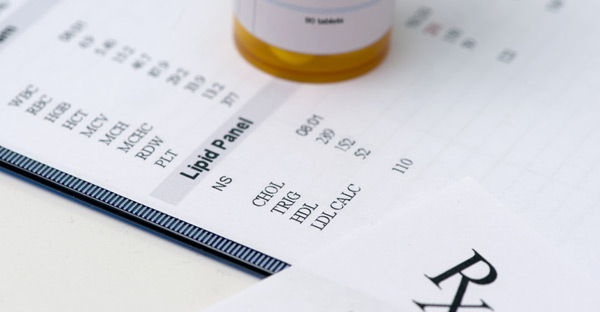

A few years ago, I had a conversation with my aunt that went something like this:
Turns out my aunt didn’t have high cholesterol either even though she was on cholesterol lowering medication. This same aunt suffered a heart attack a year later, almost died, and couldn’t understand where it came from seeing as she considered herself disease free and all of her “numbers” were under control.
Unfortunately, my aunt’s misconception is a very common phenomenon. We are lured by modern medicine and pharmaceutical companies to believe that pills that will get our numbers under control (blood pressure, blood sugar, cholesterol, etc.) and will rid us of our diseases. In reality, these medications at best manage our diseases and more commonly give us a false sense of security that not only doesn’t cure us, but often gets us into trouble.
I tend to be a visual person and used this analogy when explaining to my aunt what went wrong for her. Imagine your blood vessels are pipes that should have blood, the consistency of water, flowing through them. Every time you eat fast foods, junk foods or fatty foods, you end up with blood more the consistency of a greasy, fatty, thick liquid that moves sluggishly and slowly and plugs up these pipes. Medications, like a plumber, can come in and open them up but this is only a temporary fix. As long as you continue to eat these foods, you will continue to destroy the pipes no matter what or how much medication you are on.
So, what is the answer here? Change the foods that you eat so that you preserve your pipes and the blood that runs through them. How? By choosing the most health promoting foods available to you – fruits, vegetables, whole grains and legumes. Use these as base ingredients for your favorite dishes – mashed potatoes, burgers, pizza, lasagnas, sandwiches, burritos, desserts, and more.
This year, choose healthy, choose vibrant, choose disease free!
Copyright 2025 Center for Nutrition Studies. All rights reserved.